|
Field report crop
circle near Tarlton, Glos, visited 09:10 21st April 2015
A very interesting formation and
unlike any I've seen before. The circlemakers chose this field of what I
took to be winter wheat, barely 30cm high – despite its being surrounded
by fields full of well-grown oilseed rape - only three fields away from
last year's 15th July formation and making an exact straight
line with the 27th July 2015 formation at Cherington 3.5km
away.
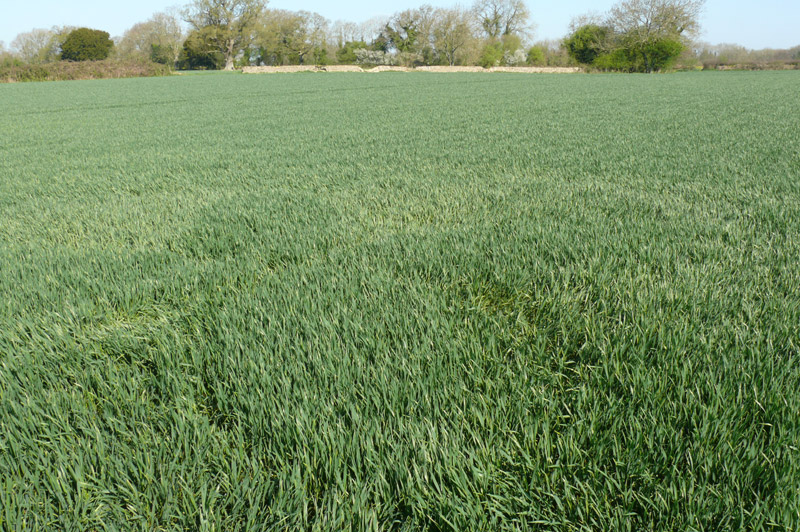
Access is easy. Having identified
the field from the OS map. I parked in the field entrance, and chose the
middle one of the five tramlines which run into the field perpendicular
to the road. This tramline cuts into the formation, but you could still
walk past and miss it, and it is totally invisible from the next
tramline. Without having seen the aerials it would have been hard to be
sure that there was anything there. The formation was as yet un-trampled
by coach loads of visitors and I couldn't see any footprints, although
the ground is admittedly hard and dry.
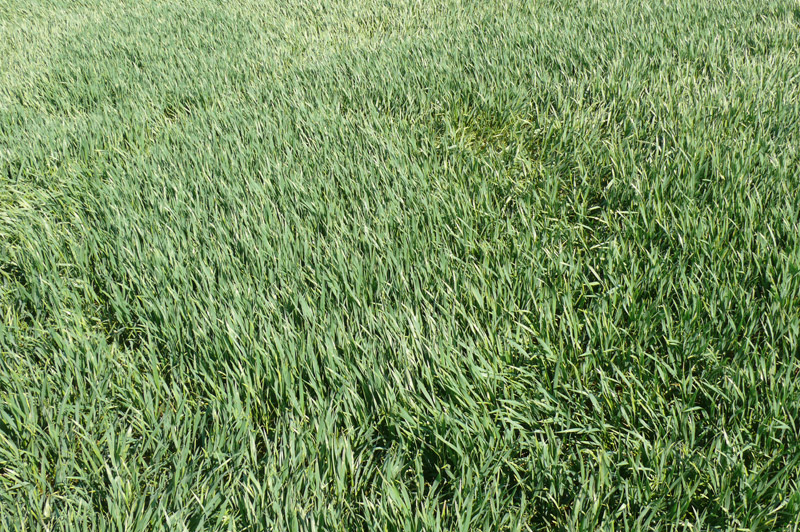
None of the leaves (there are no
flowering stems yet) was flattened to the ground and very few were even
bent or depressed at all. Rather, the leaves within the patterns were
slightly wilted, tinged with pale brown or yellowy edges, almost as if
slightly scorched. The affected leaves were often just one or two leaves
out of a whole clump from one plant, with the neighbouring leaves
untouched. So this was a different effect from that seen in other
almost invisible formations such as Beckhampton 28.6.09 where the
linseed was kind of twirled at the flower head and then recovered.
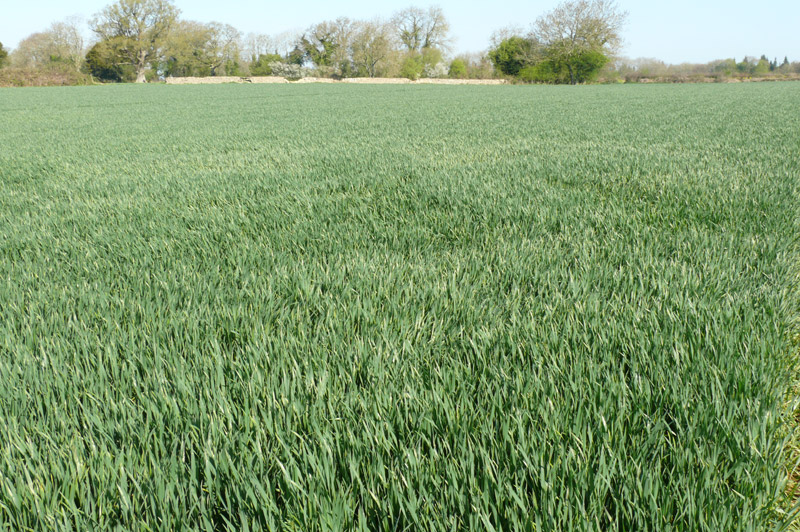
Sometimes the growing tips here
were more affected and at others the yellowing or browning was along the
edges of the whole length of the leaf or unevenly distributed all over.
If it was not for this selective action, and the fact that only the
leaves within the pattern revealed from the aerial shots were damaged,
one could say that there was a similar effect to what can happen with
accidental over-application of contact herbicides; or with frost or hot
wind damage to the growing tips, though in the recently temperate
weather conditions of south Gloucestershire we can rule out extreme
temperature variations in this case. The detailed patterns shown in the
aerial photos, which include differential effects creating light and
dark (more leaves affected in some parts of the pattern than others),
would require a very precise application of finely calculated doses of
herbicide or other chemical to achieve such an effect, and these would
have to be delivered by a drone or other overhead device which would
have to be rather more precisely controlled than the ones used for
taking crop circle photos seem to be capable of.
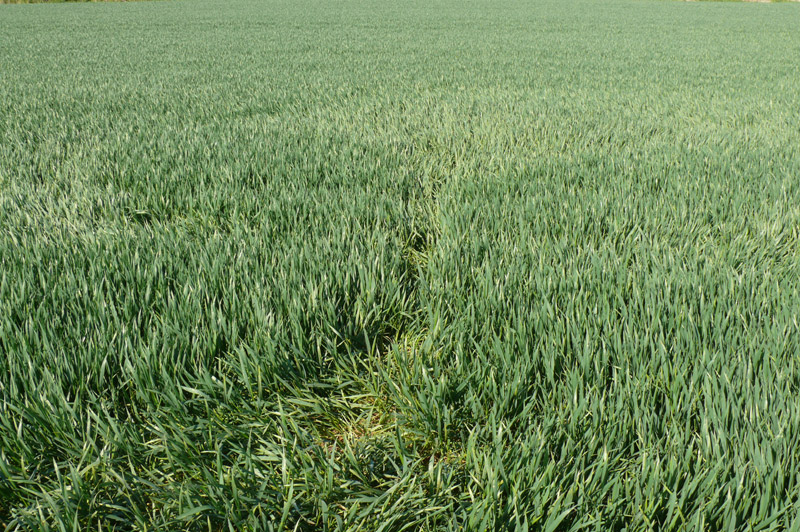
I therefore conclude that it's more
likely that the leaves in this formation were wilted using an attenuated
and very finely calibrated form of the same kind of microwave-type
energy which is thought to bend stems and explode nodes in 'normal' crop
formations.
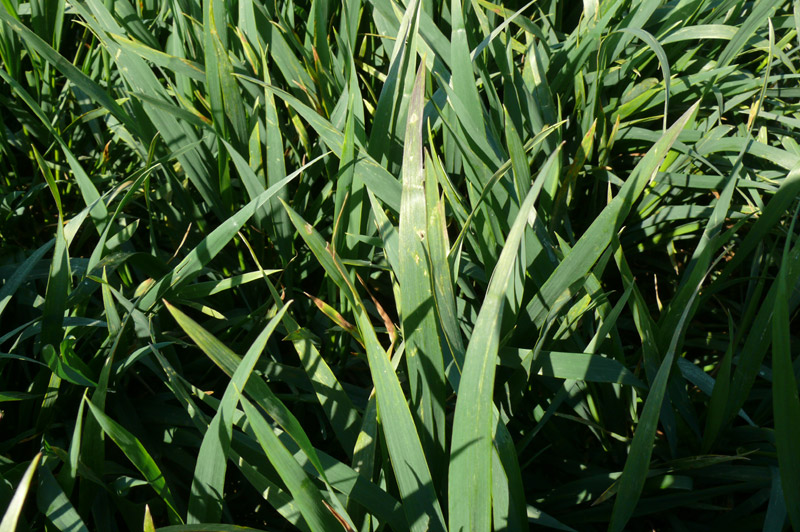
Worth a visit, especially for
anyone who still thinks crop circles are made with planks and bits of
string!
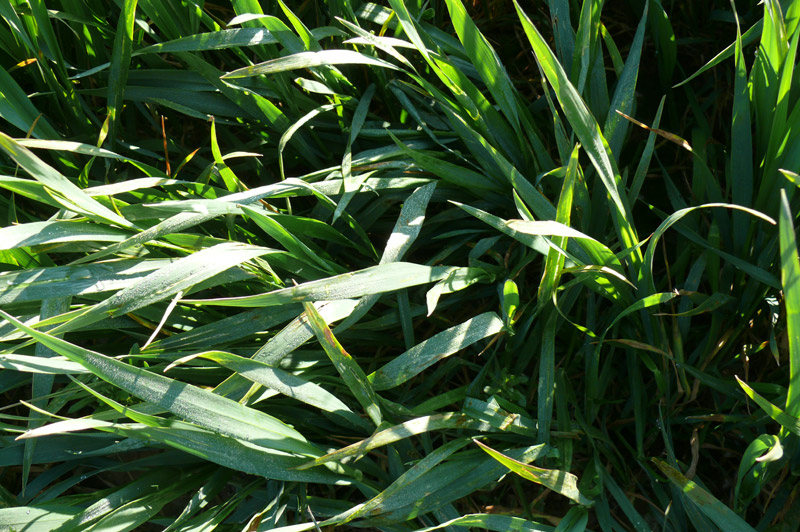
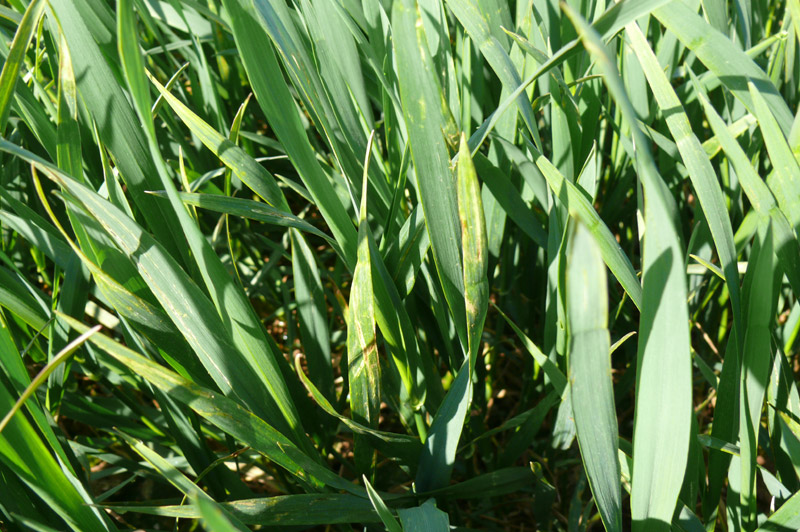
Graham Timmins |